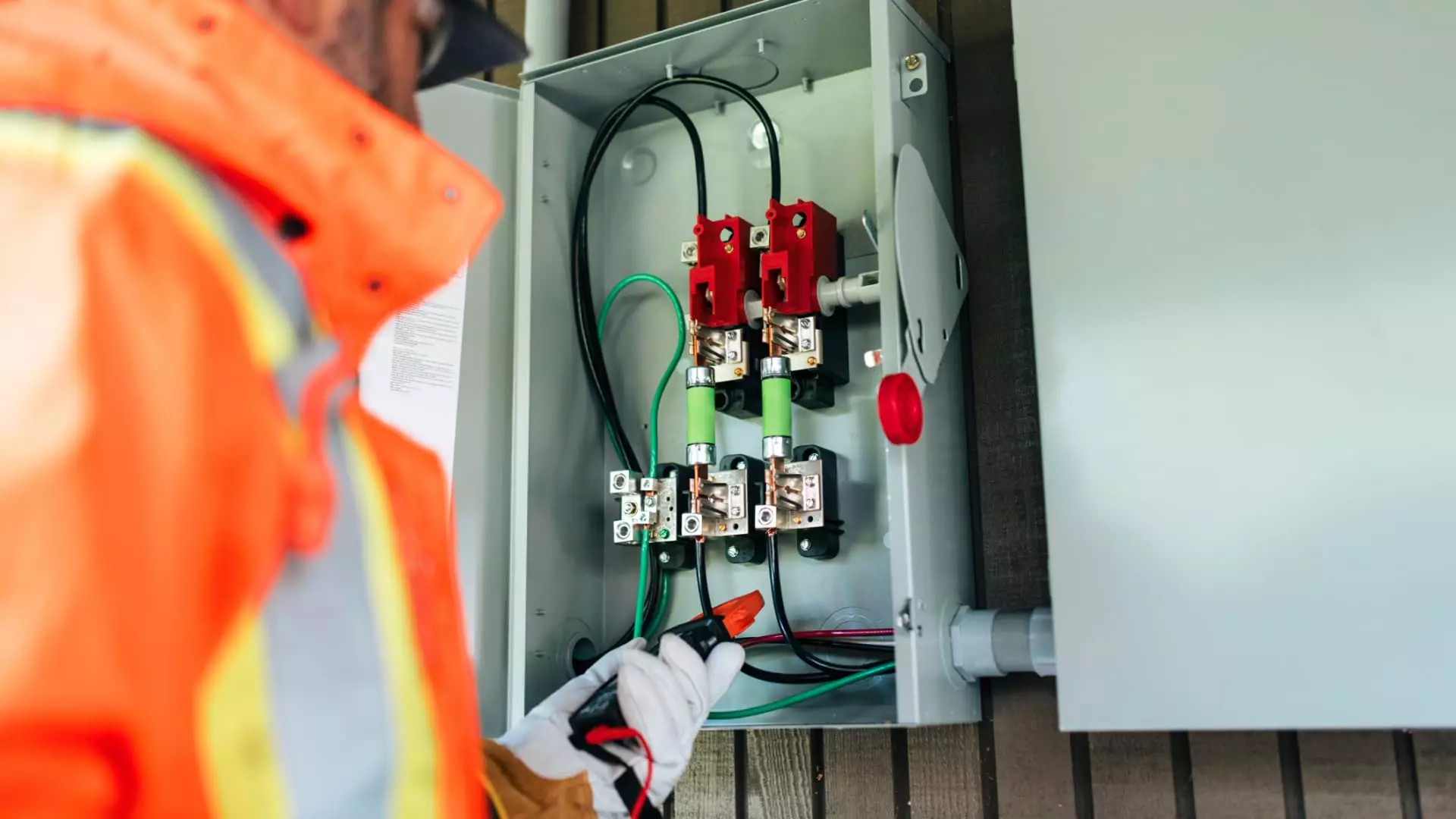In a bid to promote home energy efficiency, the federal government has introduced a new wave of rebates under the Inflation Reduction Act. A whopping $8.8 billion has been earmarked for Home Energy Rebates programs, with states, territories, and tribes needing to apply for the funding. The Department of Energy has already given the green light to New York’s application, allocating an initial $158 million for the program. It is anticipated that New York will roll out its program to consumers by early summer. The state ranks fourth in terms of total funding allocation, trailing behind California, Texas, and Florida.
Program Details
The rebates, which can amount to $14,000 or more per household, serve as discounts for homeowners and landlords who undertake specific energy efficiency upgrades. These upgrades may include the installation of electric heat pumps, insulation, electrical panels, and Energy Star-rated appliances. The value and eligibility of the rebates vary based on factors such as household income, with a greater focus on low- and middle-income earners. The DOE expects these programs to ultimately save households $1 billion annually in energy costs by enhancing efficiency.
Apart from New York, eleven other states have also submitted applications for funding, including Arizona, California, Colorado, Georgia, Hawaii, Indiana, Minnesota, New Hampshire, New Mexico, Oregon, and Washington. Many other states are in advanced stages of their application process, aiming to launch their programs within the next year. States are required to signal their intent to participate by August 16, 2024, with applications due by January 31, 2025.
The Inflation Reduction Act, which designated $369 billion towards combating climate change, stands as the largest climate legislation in U.S. history. President Biden signed the act into law in August 2022, thereby setting the stage for the allocation of $8.8 billion in rebate funding for two programs – the Home Efficiency Rebates and the Home Electrification and Appliance Rebates. So far, only four states have applied for both programs, with hopes of expanding to all fifty states in the near future.
The Home Electrification and Appliance Rebates program offers consumers a set amount of money for purchasing specific technologies and services, including ENERGY STAR appliances and electric heat pumps. Low- and moderate-income households can receive up to $14,000 through this program, provided they meet certain income criteria. On the other hand, the Home Efficiency Rebates program is technology-neutral, focusing on rewarding households based on the energy savings achieved through efficiency upgrades. The value of rebates can exceed $8,000 and is available to all households, irrespective of income levels.
Program Implementation
Consumers are encouraged to leverage these rebates at the point of sale, either through upfront discounts or rebated amounts off project costs. While individuals can’t double-dip, they may be eligible for existing programs offered by states and local utilities in conjunction with the rebate programs. For those eager to make upgrades prior to the official launch of these rebates, various tax breaks tied to home efficiency may also be available. Ultimately, the aim is to empower consumers to adopt sustainable energy practices while reducing greenhouse gas emissions.

